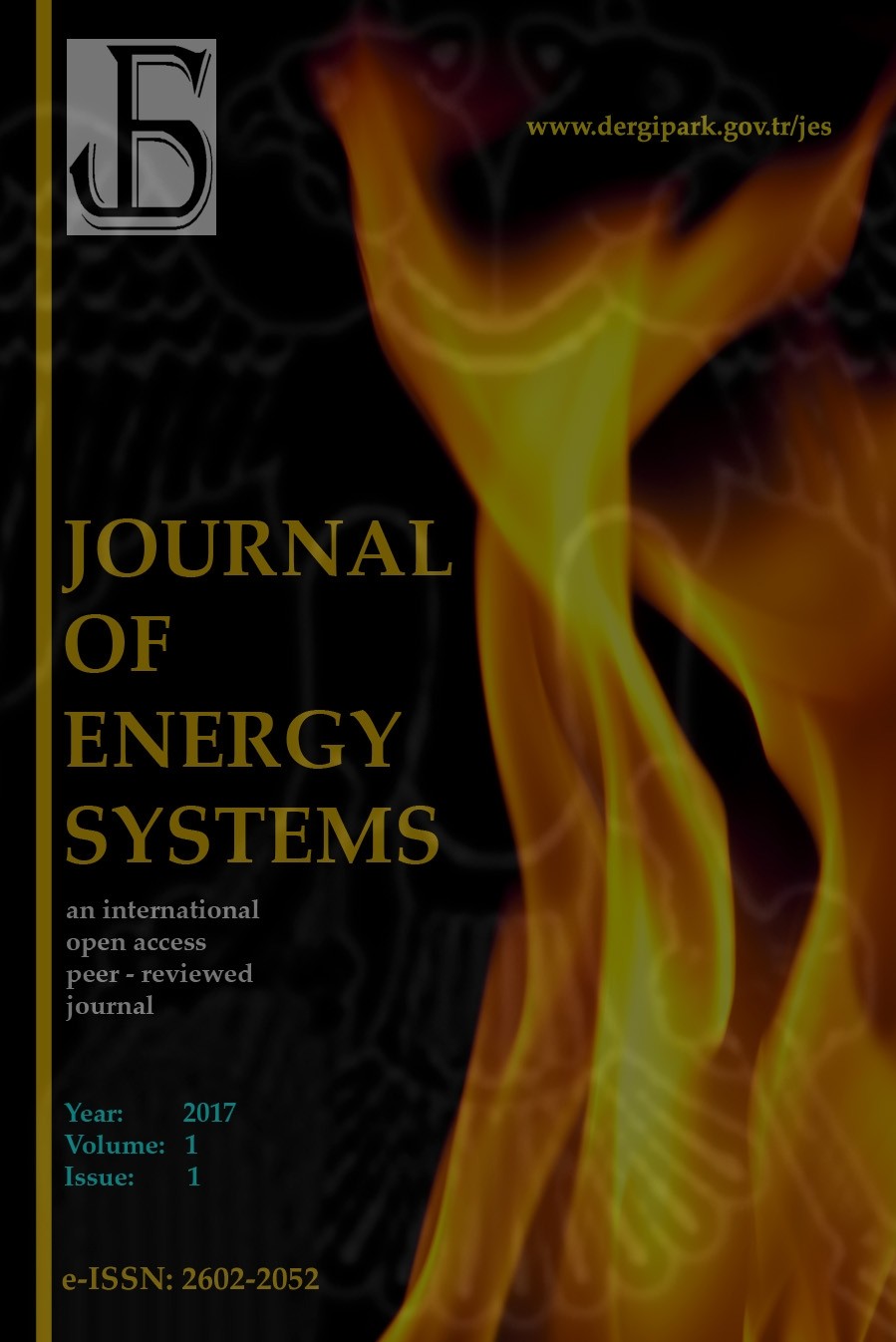Modelling and optimization of residual stress induction on laser-worked X12Cr turbine blades
failure, laser shock peening, modelling, residual stresses, optimization
Modelling and optimization of residual stress induction on laser-worked X12Cr turbine blades
Failure, Laser shock peening, Modelling, Residual stresses, Optimization,
___
- [1] Peyre, P., Chaieb, I., Braham, C. FEM calculation of residual stresses induced by laser shock processing in stainless steels. Modelling and Simulation in Materials Science and Engineering 2007; 15(3): 205–221. doi 10.1088/0965-0393/15/3/002.
- [2] Fameso, F.; Desai, D.; Kok, S.; Armfield, D.; Newby, M. Residual Stress Enhancement by Laser Shock Treatment in Chromium-Alloyed Steam Turbine Blades. Materials 2022; 15; 5682. https://doi.org/10.3390/ma15165682
- [3] Braisted, W., Brockman, R. Finite element simulation of laser shock peening. International Journal of Fatigue 1999; 21: pp. 719–724.
- [4] Achintha, M., Nowell, D. Eigenstrain modelling of residual stresses generated by arrays of LSP shots. Procedia Engineering 2011; 10: 1327–1332. https://doi.org/10.1016/j.proeng.2011.04.221
- [5] Karbalaian, H. R., Yousefi-Koma, A., Karimpour, M., Mohtasebi, S. S. Investigation on the Effect of Overlapping Laser Pulses in Laser Shock Peening with Finite Element Method. Procedia Materials Science 2015; 11: 454–458. https://doi.org/10.1016/j.mspro.2015.11.045
- [6] Amarchinta, H. K., Grandhi, R. v., Langer, K., Stargel, D. S. Material model validation for laser shock peening process simulation. Modelling and Simulation in Materials Science and Engineering 2009; 17(1): 0–15. https://doi.org/10.1088/0965-0393/17/1/015010
- [7] Bhamare, S., Ramakrishnan, G., Mannava, S. R., Langer, K., Vasudevan, V. K., Qian, D. Surface & Coatings Technology Simulation-based optimization of laser shock peening process for improved bending fatigue life of Ti – 6Al – 2Sn – 4Zr – 2Mo alloy. Surface & Coatings Technology 2013; 232: 464–474. https://doi.org/10.1016/j.surfcoat.2013.06.003
- [8] Jiang, Y. F., Ji, B., Gan, X. D., Hua, C., Li, X., & Zhu, H. Study on the effect of laser peening with different power densities on fatigue life of fastener hole. Journal of Optics and Laser Technology 2018; 106: 311–320. https://doi.org/10.1016/j.optlastec.2018.04.025
- [9] Keller, S., Chupakhin, S., Staron, P., Maawad, E., Kashaev, N., Klusemann, B. Experimental and numerical investigation of residual stresses in laser shock peened AA2198. Journal of Materials Processing Technology 2018; 255: 294–307. https://doi.org/10.1016/j.jmatprotec.2017.11.023
- [10] Zhao, J., Dong, Y., Ye, C. Laser shock peening induced residual stresses and the effect on crack propagation behaviour. International Journal of Fatigue 2017; 100: 407–417. https://doi.org/10.1016/j.ijfatigue.2017.04.002
- [11] Fameso, F., Desai, D., Kok, S., Newby, M., Glaser, D. Simulation of laser shock peening on X12Cr steel using an alternate computational mechanical threshold stress plasticity model. The International Journal of Advanced Manufacturing Technology 2020; 111(1): 1– 11. https://doi.org/10.1007/s00170-020-06079-y.
- [12] Kuveya, KR., Polese, C., Newby, M. Laser Peening versus Shot Peening Effects on Residual Stress and Surface Modification of X12CrNiMo12 Turbine Blade. In: 6th International Conference on Laser Peening and Related Phenomena; 6 – 11 November 2021: South Africa.
- [13] Karbalaian, H. R., Yousefi-Koma, A., Karimpour, M., Mohtasebi, S. S. Investigation on the Effect of Overlapping Laser Pulses in Laser Shock Peening with Finite Element Method. Procedia Materials Science 2015; 11: 454–458. https://doi.org/10.1016/j.mspro.2015.11.045
- [14] Fameso, F., Desai, D. Explicit analysis using time-dependent damping simulation of one-sided laser shock peening on martensitic steel turbine blades. Simulation 2020; 96(12): 927–938. https://doi.org/10.1177/0037549720954272
- Başlangıç: 2017
- Yayıncı: Erol KURT
Quenching chaos in a power system using fixed-time fractional-order sliding mode controller
Abdul-basset A. AL-HUSSEİN, Fadhil RAHMA TAHİR
Denis CHİKURTEV, Veneta YOSİFOVA, Milena HARALAMPİEVA, Rosen PETROV
Electromagnetic shielding tests of a permanent magnet generator
Mehmet SARIKAHYA, Nihan Merve SARIKAHYA, Erol KURT
Thermal analysis of phase change materials storage in solar concenter
Sulaiman AL HASHMİ, Mingjie CHEN
Modelling and optimization of residual stress induction on laser-worked X12Cr turbine blades
Festus Oluwadare FAMESO, Dawood DESAİ, Schalk KOK, Dylan ARMFİELD, Mark NEWBY
